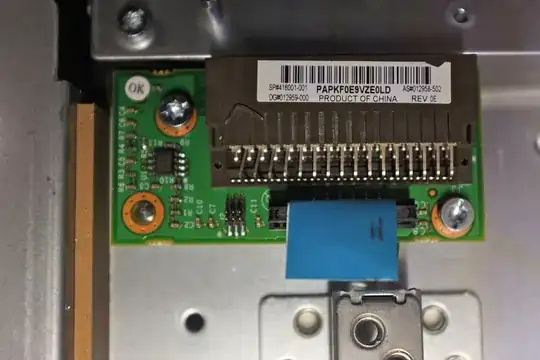First of all, I'm not talking about those all-in-one routers that do wifi/switching/routing. It drives me nuts when people call a Wifi box a "router". Anway, I would like to do the following as shown in my diagram:
Is it possible to connect Router A and Router B to the same switch, while having Router B be connected to a different subnet? Excuse my ignorance, but my motivation for setting it up this way is to make it so that when the computer labeled Computer on 172.5.1.0/24 tries to connect to a camera that is on a different subnet (10.5.1.0/24) traffic flows through the switch, then to Router B which routes the traffic to the appropriate subnet. I want to bypass Router A because I want to reserve that router to only handle traffic associated with the 172.5.1.0/24 subnet & internet. I don't want it involved when going to the 10.5.1.0/24 subnet, hence the second router connected to the switch.
Specific questions I need clarification on:
- First of all, is this even possible?
- With this setup will I have to configure some sort of manual routing information on each device/computer so that it knows to go to
Router Bwhen wanting to go to that subnet? - I am unclear on what the "Default Gateway" setting on each machine would be, or if it matters at all. Typically that would be set to
Router Awhen only 1 router exists on the network. But what about when there are 2?.
EDIT: Notice the WAN port on Router B is empty, that's because I want to avoid putting any connected subnets behind a NAT.
